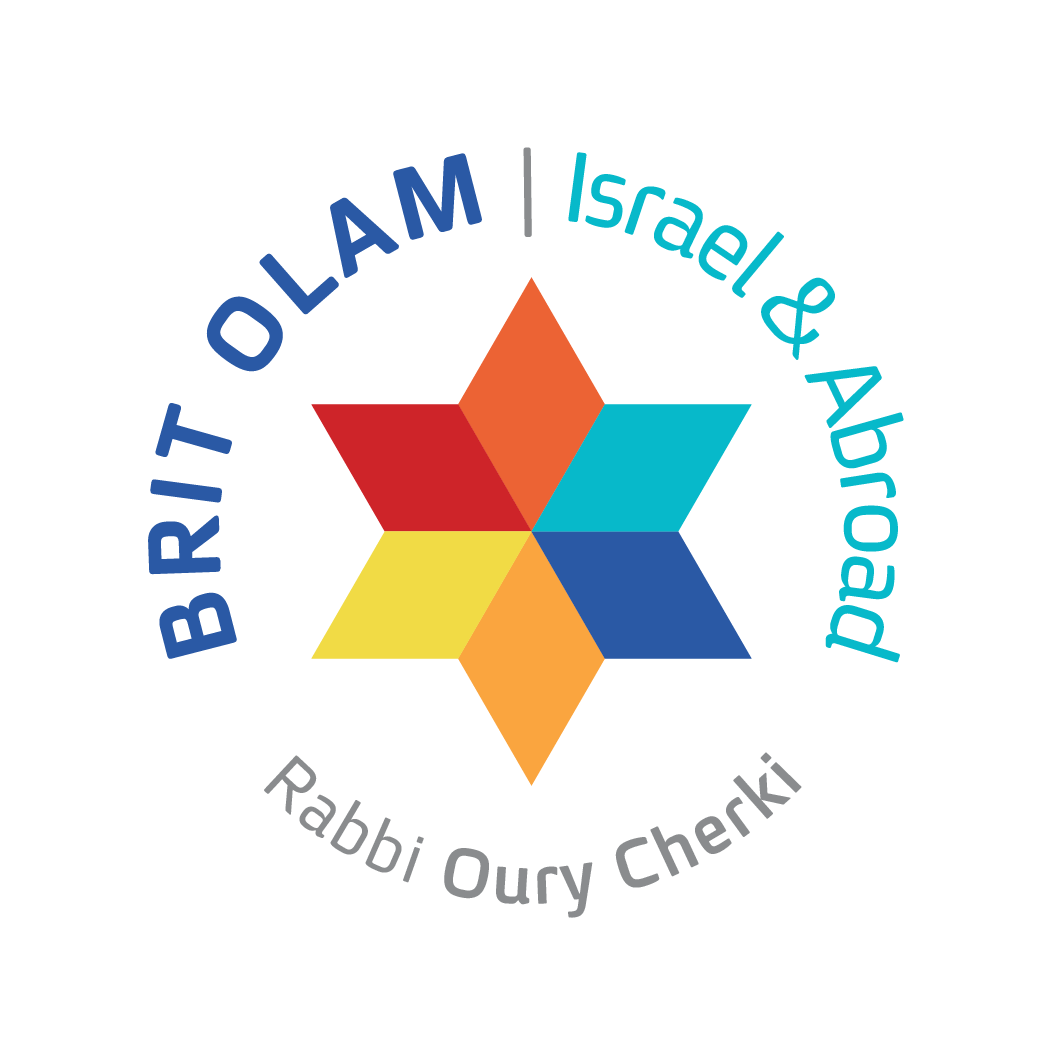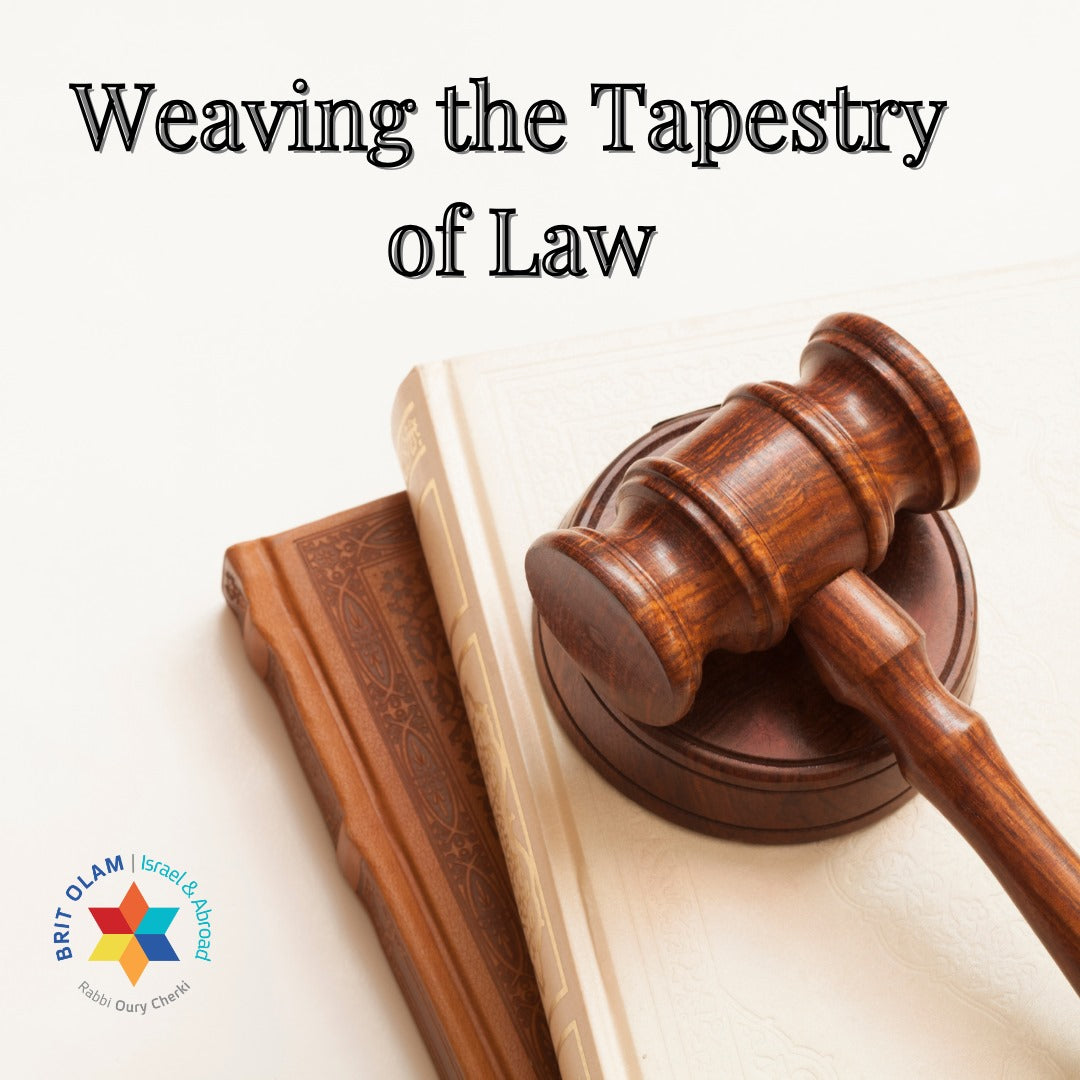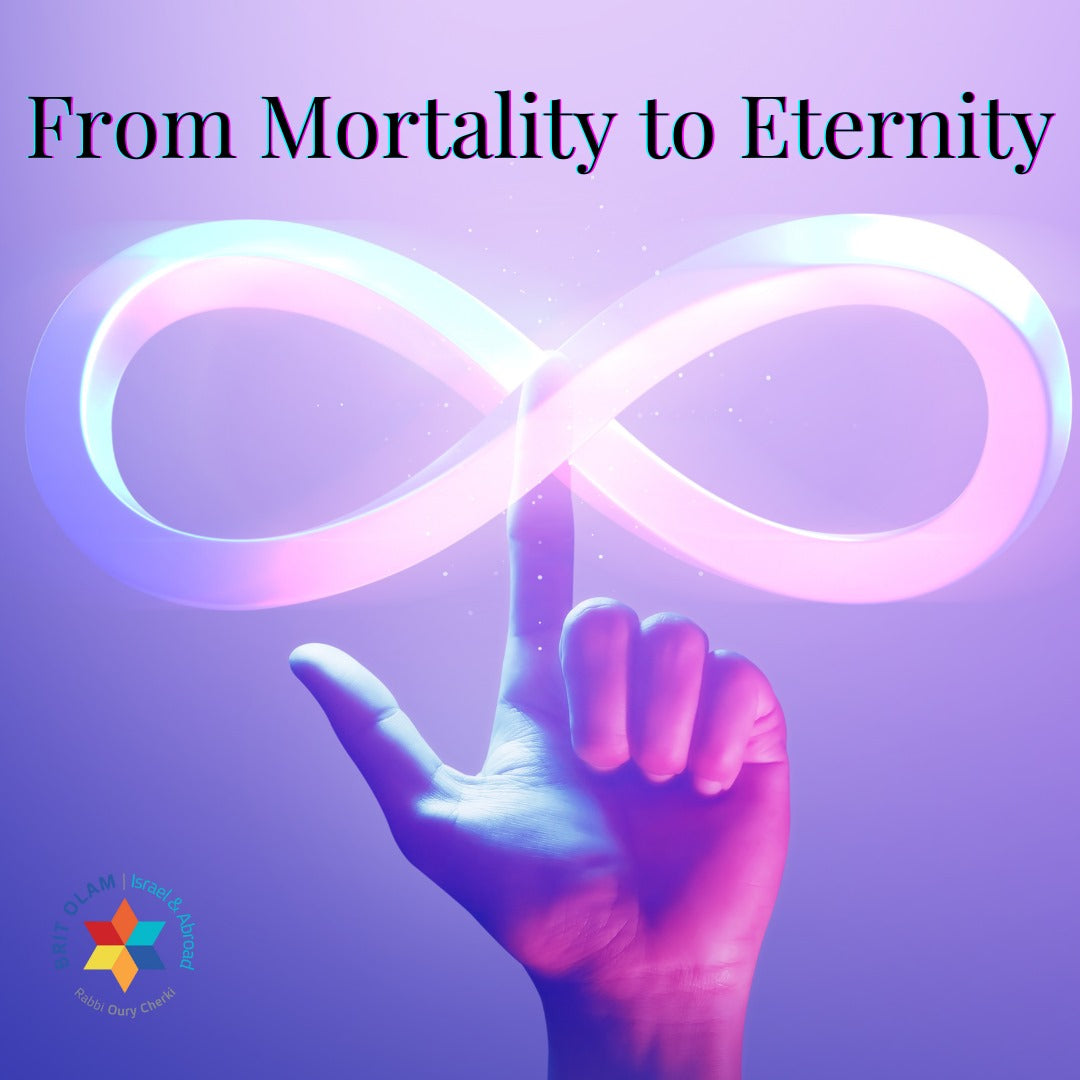Parshat Achrei Mot imposes restrictions on the consumption of meat. To consume meat, an animal must be slaughtered according to kosher guidelines. In our modern times, this typically involves slaughtering a kosher animal in a slaughterhouse and bringing the meat to the table. However, during the Israelites' sojourn in the wilderness, the consumption of animal meat was only permitted as part of a sacrificial offering. The Torah explicitly states that it was strictly forbidden to offer sacrifices of cattle or sheep outside of the Tabernacle.
The question arises: Why this restriction?
A straightforward explanation is that in the wilderness, there was a tendency to worship idols, as alluded to in verse, "And they shall no longer slaughter their sacrifices to the satyrs after which they stray" (Leviticus 17:7). The Torah aimed to distance the Israelites from this dangerous encounter with the untamed wilderness.
Fair enough, but what happens if an individual transgresses the Torah's directives and slaughters an ox, sheep, or goat within or outside the camp without bringing it to the Tabernacle? Here, the Torah surprises us by declaring, "this [act] shall be counted for that man as blood he has shed blood" (Leviticus 17:4). In other words, such a slaughter is considered murder. When an individual sheds blood, even of an animal, but not by God's instructions, they essentially manifest a savagery that equates them with a murderer.
Upon entering the Land of Israel, our ancestors were permitted to consume "meat of desire," which is the option to consume meat wherever they pleased. This symbolizes the expansion of the Tabernacle and Temple's domain to encompass the entire land of Israel.



